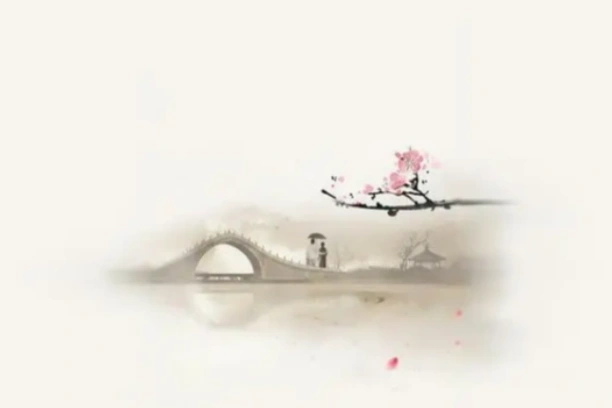
The door of Ch’an is entered by Wu. When we meditate on Wu we ask “What is Wu?” On entering Wu, we experience emptiness; we are not aware of existence, either ours or the world’s.
E-MAIL: admin@relaxmid.com

Sit on the floor with legs crossed either in the Full Lotus or Half Lotus position. To make the Full Lotus, put the right foot on the left thigh, then put the left foot crossed over the right leg onto the right thigh. To reverse the direction of the feet is also acceptable.
To take the Half Lotus position requires that one foot be crossed over onto the thigh of the other. The other foot will be placed underneath the raised leg.
The Full or Half Lotus are the correct tso-ch’an postures according to the seven-point method. However, we will describe some alternative postures since for various reasons, people may not always be able to sit in the Full or Half Lotus.
A position, called the Burmese position, is similar to the Half Lotus, except that one foot is crossed over onto the calf, rather than the thigh, of the other leg. Another position consists in kneeling. In this position, kneel with the legs together. The upper part of the body can be erect from knee to head, or the buttocks can be resting on the heels.
If physical problems prevent sitting in any of the above positions, then sitting on a chair is possible, but as a last resort to the above postures.
The positions above are given in the preferred order, the Full Lotus being the most stable, and most conducive to good results. Sitting cross-legged is most conducive to sitting long periods with effective concentration. The position one can take depends on factors such as physical condition, health, and age. However, one should use the position in which prolonged sitting (at least twenty minutes or more) is feasible and reasonably comfortable. However, do not use a position that requires little, or the least effort, because without significant effort, no good results can be attained.
If sitting on the floor, sit on a Japanese-style zafu (round meditation cushion) or an improvised cushion, several inches thick. This is partly for comfort, but also because it is easier to maintain an erect spine if the buttocks are slightly raised. Place a larger, square pad, such as a Japanese zabuton, underneath the cushion. Sit with the buttocks towards the front half of the cushion, the knees resting on the pad.
PREVIOUS: Regulating the Body by Sitting | TSO-CH’AN
NEXT: Point Two: The Spine | TSO-CH’AN
